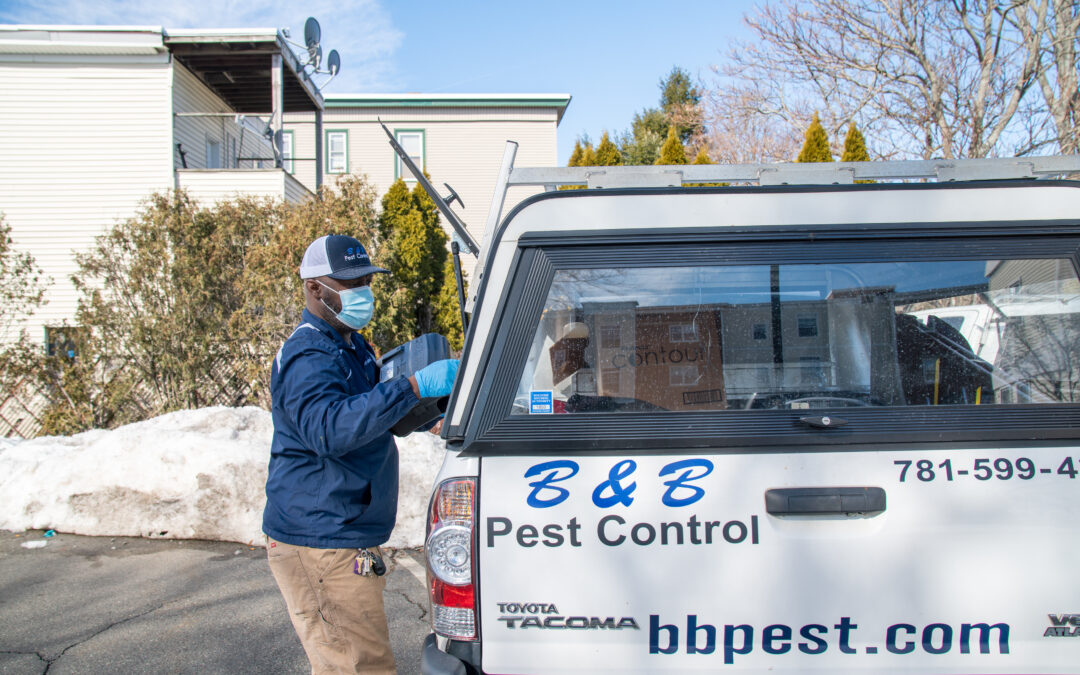Nobody living within a home in the northeast United States needs an introduction to Scutigera coleoptrata, which is an arthropod species better known to people as the “house centipede.” While the house centipede has established a nationwide distribution since it was first discovered in Pennsylvania back in 1849, the much hated pest is perhaps most abundant in the northeast. This pest makes regular appearances in homes all over the north Atlantic because the region’s coastal climate is similar to its native Mediterranean climate. The house centipede is also easy to come by within southeastern homes, as these pests cannot survive winter in the cold northeast. Then again, surviving in cold northern climates is not much of a problem for the house centipede, as this species is one of the most successful home invaders in the entire world. The house centipede’s success in this regard is largely due to its flattened body, which allows it to slip through the narrowest of cracks located along the foundations of houses.
This species’ preference for dark and damp habitats keeps them within the most obscure nooks and crannies within homes. The house centipede prefers to dwell within basements, cellars, bathrooms, beneath kitchen sinks and even within drains, but don’t be surprised if you find one of these creepy-crawlies darting across you living room floor, as they are constantly on the move for other arthropod prey, such as roaches, moths and even spiders. Nobody wants a home full of roaches, clothes moths and spiders, but maintaining an indoor population of house centipedes is not an ideal form of pest control for most people. In order to reduce the number of house centipedes within a home, pest control professionals recommend that residents make a few changes within their home.
The best way to get rid of house centipede pests is to eliminate indoor arthropod pests that the centipedes rely on for food. If your home is infested with insect pests or house centipedes, then a pest control professional should be notified since the use of insecticides requires a professional license. However, if your home contains a normal amount of insects, then placing easy-to-use sticky traps around your home will rob invading centipedes of their daily meals. It is also important to keep moisture levels low within an infested home, especially in the cellar, crawlspace or basement area, as centipedes usually enter homes through cracks in the foundation where moisture levels are typically high. A dehumidifier can drastically reduce moisture levels in a basement or cellar. Perhaps most important, making sure that all foundation cracks and even the space around a sump pump is sealed with caulk can go a long way at keeping house centipedes at bay.
Have you ever sustained a bite from any species of centipede?

